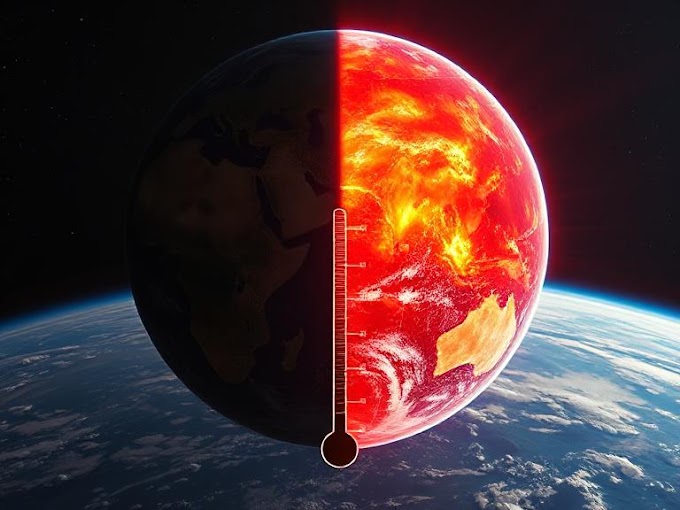What Are Malaria and Chikungunya?
Malaria and Chikungunya are both mosquito-borne diseases, but they are caused by different pathogens.
-
Malaria is caused by Plasmodium parasites transmitted by Anopheles mosquitoes.
-
Chikungunya is caused by a virus transmitted by Aedes mosquitoes (same as dengue).
Both illnesses are common in tropical and subtropical areas and can cause fever, body pain, and fatigue.
Symptoms Comparison
Key symptom differences between malaria and chikungunya
Treatment Overview
Malaria Treatment
Malaria is treated with antimalarial drugs such as Artemisinin-based combination therapy (ACT). Early detection is crucial to prevent severe complications.
Chikungunya Treatment
Chikungunya has no specific antiviral treatment. Patients are advised to take paracetamol for pain and fever, rest, and drink plenty of fluids.
Prevention and Control (2025 Update)
Key Prevention Tips
- Use mosquito repellents and nets.
Remove stagnant water around homes.
Wear long-sleeved clothes during dusk and dawn.
Use indoor vaporizers and mosquito coils.
Get travel vaccines or prophylaxis if recommended.
Conclusion
While malaria and chikungunya share some symptoms, they are medically very different.
Understanding these differences helps in early diagnosis, proper treatment, and effective prevention.
Protect yourself by staying alert and controlling mosquito breeding in your area.

.png)

.PNG)






.png)
.png)


